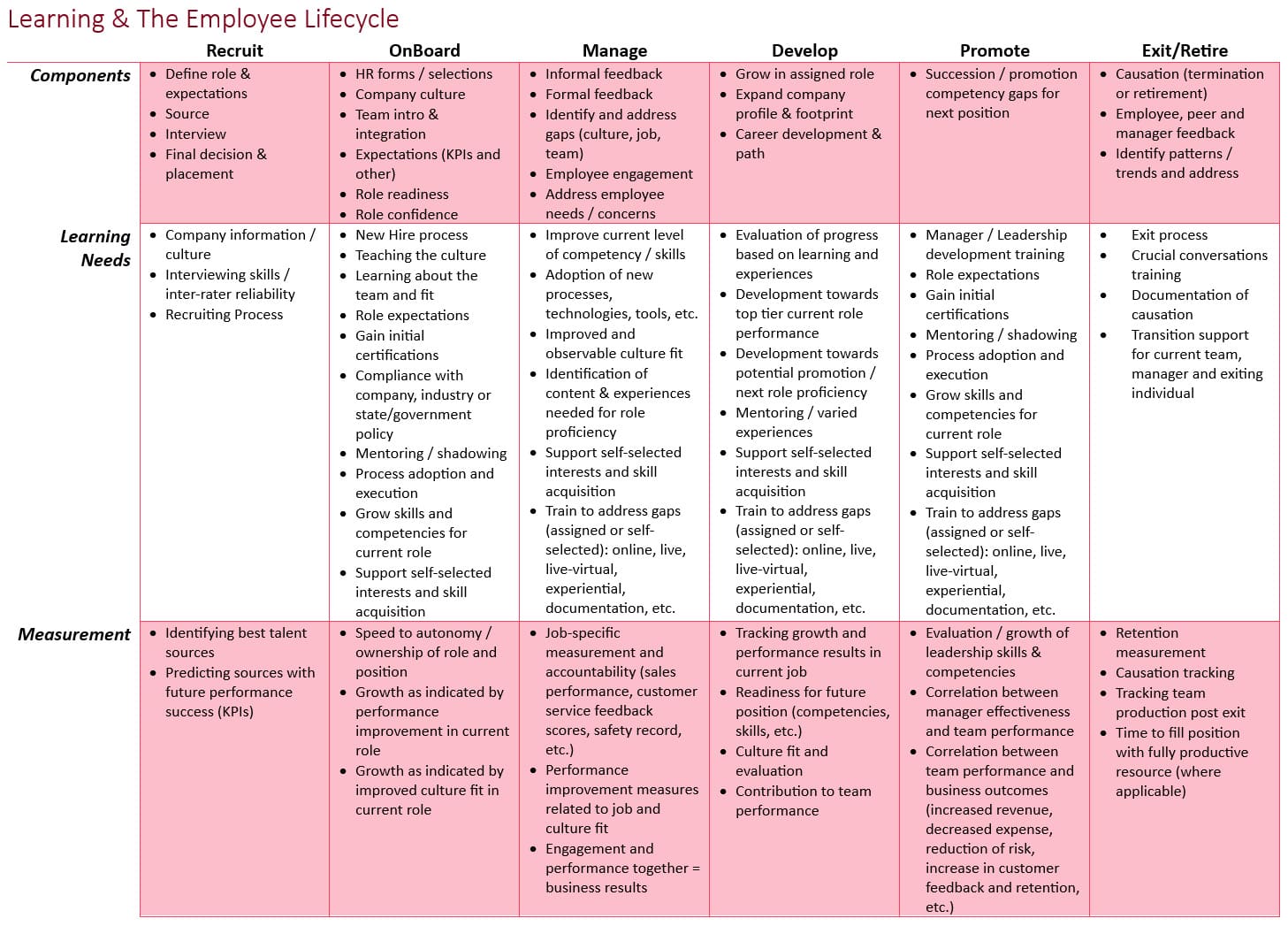In the legal industry, the cost of doing nothing can be far greater than the cost of implementing change. One of the most significant areas where this is evident is in the alignment and adoption of key business processes. When law firms fail to ensure that their processes are uniformly understood and followed by all employees—whether they are new hires, existing staff, or those acquired through mergers—the repercussions can be severe. This blog will explore the opportunity costs associated with neglecting process alignment and training, and how process-specific, custom content development can help mitigate these risks.
The Opportunity Cost of Misaligned Processes
Opportunity cost refers to the potential benefits that are forfeited when one alternative is chosen over another. In the context of law firms, the opportunity cost of not having aligned and well-adopted processes can manifest in several ways:
- Decreased Efficiency and Productivity: When attorneys and support staff are not on the same page regarding how tasks should be performed, it leads to inconsistencies and inefficiencies. For example, if different teams use different methods to manage case files, it can result in duplicated efforts, wasted time, and ultimately, lower productivity.
- Increased Error Rates: Misaligned processes often lead to errors and rework. For instance, if a firm does not have a standardized process for document review, some documents may be overlooked or improperly handled, leading to potential legal repercussions and client dissatisfaction.
- Higher Training Costs: Without a unified approach to process training, law firms may find themselves repeatedly training employees on the same tasks, leading to higher training costs and longer onboarding times for new hires.
- Lost Competitive Advantage: Inconsistent processes can hinder a firm’s ability to innovate and respond quickly to changes in the legal landscape. Competitors with streamlined, well-adopted processes can outpace firms that struggle with internal misalignment.
Real-World Examples
Consider a large law firm that recently merged with a smaller practice. Without a standardized process for integrating the new attorneys and support staff, the firm faced significant challenges. The lack of alignment led to confusion among staff, inconsistent client service, and ultimately, a decline in client satisfaction. This scenario highlights the importance of having a robust process training and enablement strategy in place.
Another example is a mid-sized law firm that failed to adopt a unified case management process across its departments. As a result, cases were often delayed, deadlines were missed, and client satisfaction plummeted. The opportunity cost here was not just financial but also reputational, as the firm struggled to maintain its market position.
The Solution: Process Training and Enablement
To avoid these pitfalls, law firms must invest in process training and enablement solutions that ensure all employees are aligned and equipped to follow key processes. Traveling Coaches offers a comprehensive Process Training and Enablement Solution designed to address these challenges. Our solution includes:
- Custom-Designed Training Materials: Tailored to your firm’s specific processes, ensuring relevance and effectiveness.
- Interactive Learning Modules: Engaging and easy-to-understand modules that facilitate better retention and application of knowledge.
- Ongoing Support and Reinforcement: Continuous support to reinforce learning and adapt to any process changes over time.
By implementing these solutions, law firms can:
- Enhance Employee Performance: When attorneys and support staff are well-trained and understand the processes they need to follow, their performance improves. They can execute tasks more efficiently and with greater accuracy, leading to higher productivity and better outcomes.
- Improve Consistency and Quality: Standardized processes ensure that all employees perform tasks in the same way, which enhances consistency and quality across the firm. This is particularly important in client-facing roles where consistent service quality can significantly impact client satisfaction and loyalty.
- Accelerate Onboarding: New hires can get up to speed more quickly when there are clear, well-documented processes in place. This reduces the time and resources needed for training and allows new employees to become productive members of the team sooner.
- Increase Agility and Innovation: With well-aligned processes, law firms can more easily adapt to changes in the legal landscape. Employees who understand the core processes can innovate within those frameworks, leading to new ideas and improvements that drive the firm forward.
- Reduce Risk and Compliance Issues: Effective process training helps ensure that all employees are aware of and adhere to regulatory requirements and firm policies. This reduces the risk of non-compliance and the potential for costly fines or legal issues.
Don’t let the cost of doing nothing hinder your firm’s success. Reach out to Traveling Coaches today to learn how we can help you create custom learning assets that support the alignment and training of your firm’s processes. Together, we can ensure that your team is equipped to perform at their best, driving your firm forward.








